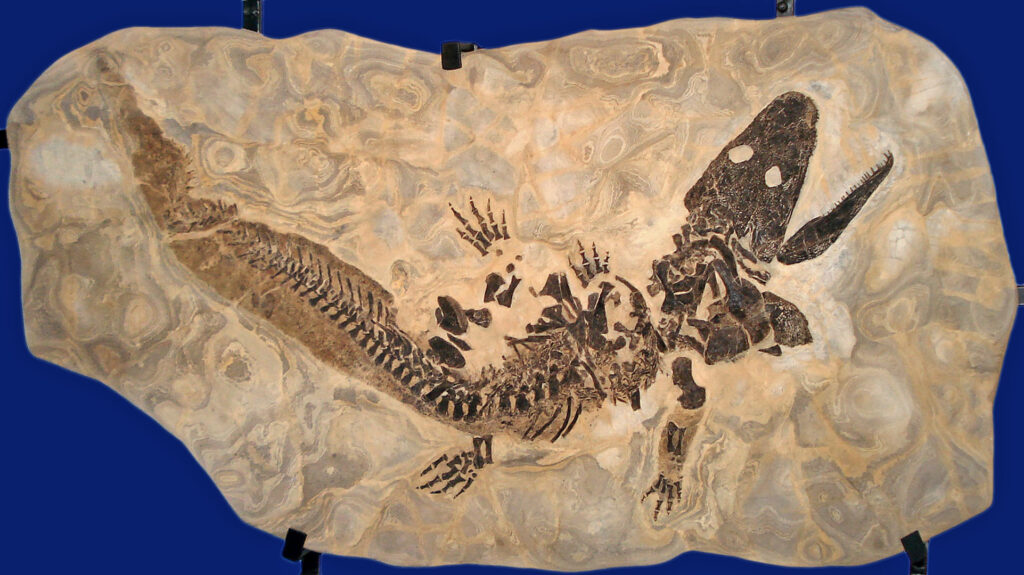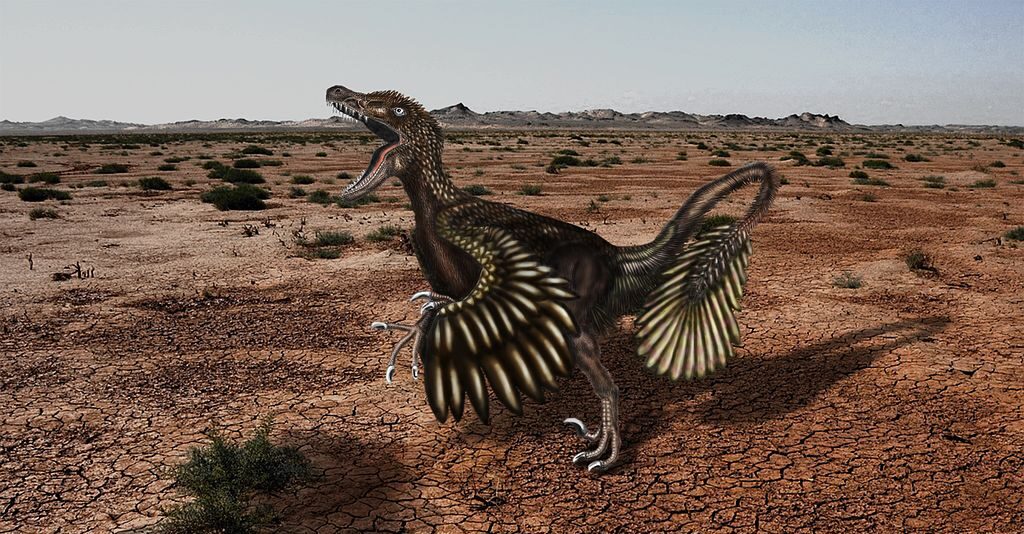Nestled in the heart of Baden-Württemberg, Stuttgart’s State Museum of Natural History houses one of Europe’s most impressive paleontological collections. This treasure trove of prehistoric wonders offers visitors a remarkable journey through time, with particular emphasis on the rich fossil deposits of southern Germany’s Jurassic formations. The museum’s fossil halls showcase extraordinary specimens that have revolutionized our understanding of ancient ecosystems, featuring everything from perfectly preserved marine reptiles to delicate pterosaurs that once soared above prehistoric seas. As visitors walk through these halls, they’re not merely observing old bones—they’re witnessing the spectacular evidence of evolution and extinction events that shaped our planet’s biological history over millions of years.
The Geological Setting: Southern Germany’s Jurassic Paradise

Approximately 180 million years ago, much of what is now southern Germany lay submerged beneath a warm, shallow tropical sea. This marine environment created perfect conditions for the preservation of organisms, especially in the fine-grained limestone sediments that would eventually become the famous Posidonia Shale and Solnhofen Limestone formations. These deposits formed during the Early and Late Jurassic periods, respectively, when the region experienced minimal water circulation and oxygen-poor bottom conditions. This unique geological setting prevented scavengers from disturbing deceased organisms and slowed decomposition processes, allowing for exceptional fossilization with remarkable detail. The Stuttgart museum houses extensive collections from these formations, providing visitors with a comprehensive glimpse into the region’s prehistoric marine ecosystems that were once teeming with ammonites, fish, and marine reptiles.
Holzmaden’s Marine Treasures: A Window to Ancient Oceans
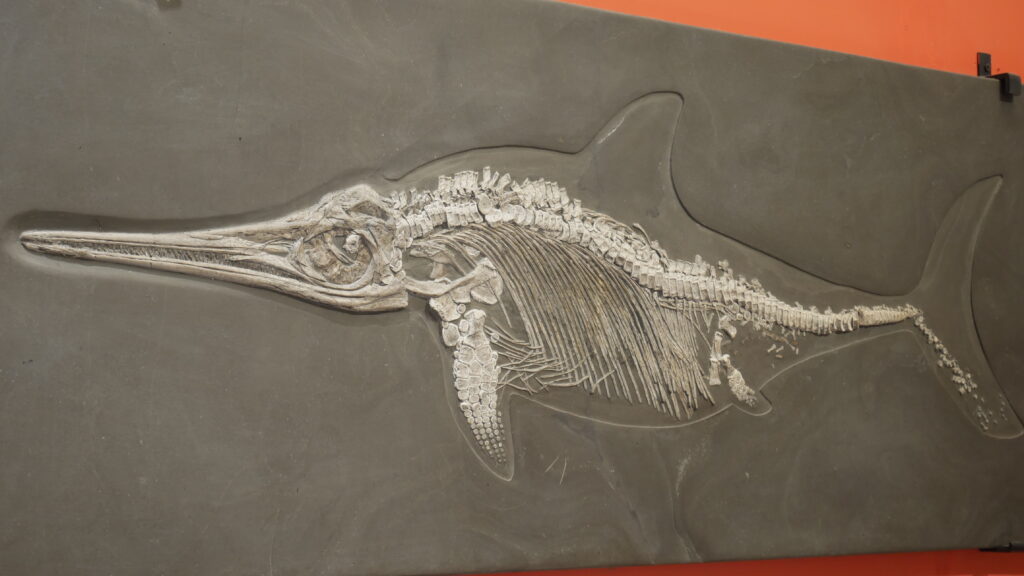
The Holzmaden quarry area, located just outside Stuttgart, has yielded some of the most spectacular marine fossils in the world, many of which are now centerpieces in the museum’s collection. Dating back to the Early Jurassic (approximately 182 million years ago), these fossils from the Posidonia Shale are renowned for their extraordinary preservation, often including soft tissues, skin impressions, and even stomach contents. The museum’s Holzmaden collection features complete ichthyosaurs—dolphin-like marine reptiles—including pregnant females with embryos still visible inside their bodies. Perhaps most famously, some specimens show evidence of live birth, proving these reptiles gave birth to live young rather than laying eggs, a revolutionary discovery for understanding reptile evolution. The preservation quality of these fossils is so exceptional that visitors can observe fine details like the original coloration patterns and muscle structures of creatures that swam in Earth’s oceans nearly 200 million years ago.
The Ichthyosaur Hall: Ocean Predators Frozen in Time
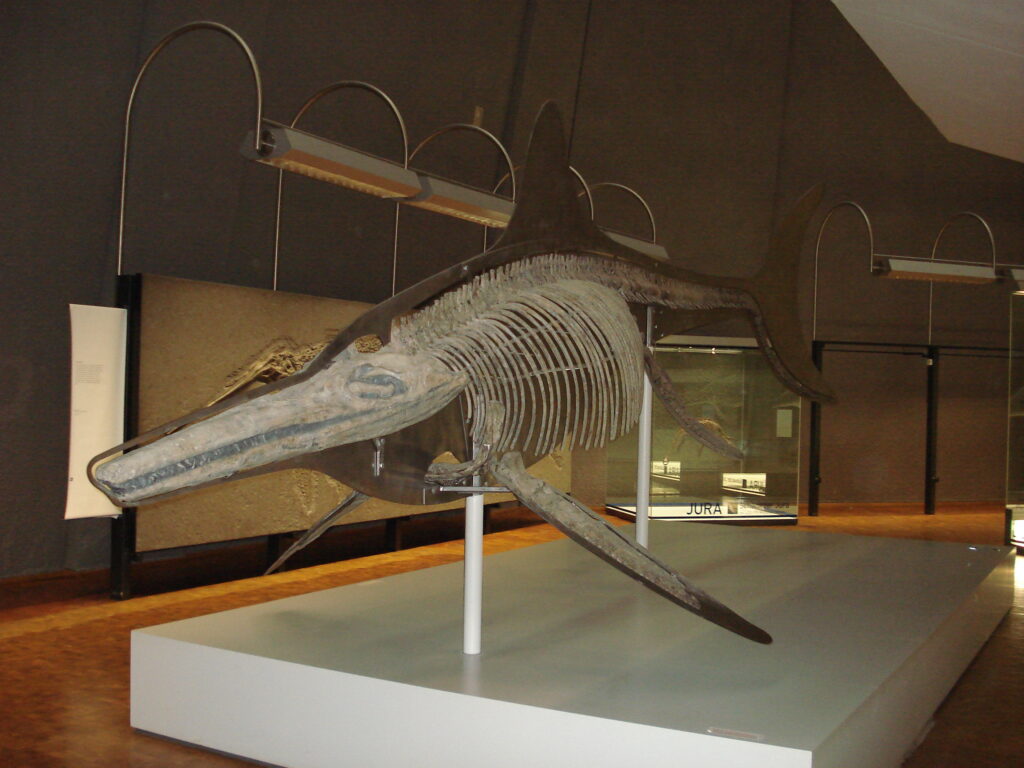
The museum’s dedicated Ichthyosaur Hall stands as a testament to these remarkable marine reptiles that dominated Jurassic seas. Massive wall displays showcase complete specimens spanning several meters in length, with some individuals preserved in the very moment of giving birth—a rare and scientifically invaluable snapshot of prehistoric behavior. The crown jewel of this collection is a perfectly articulated 3-meter ichthyosaur with its skin outline and dorsal fin completely preserved, offering visitors an accurate view of how these animals appeared in life, rather than just their skeletal remains. Interactive displays explain how these reptiles evolved from land-dwelling ancestors to become perfectly adapted ocean predators with streamlined bodies, powerful tail flukes, and eyes larger than soccer balls—the largest eyes of any known vertebrate. The hall also features specimens showing evidence of their diet, including fossilized stomach contents containing hooks from ancient squid and crushed shells from prehistoric shellfish.
Solnhofen’s Limestone Lagoons: Preserving Life in Exquisite Detail
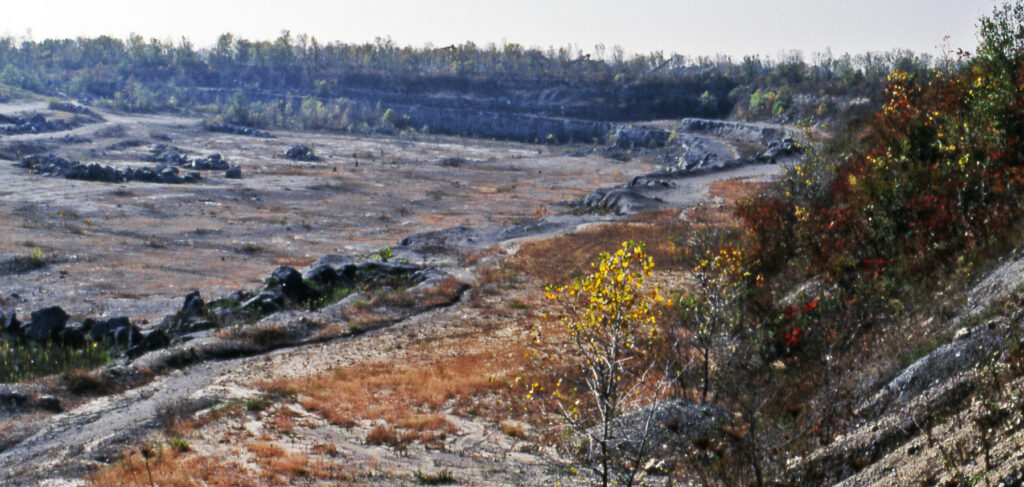
The Late Jurassic Solnhofen Limestone, formed approximately 150 million years ago, represents another paleontological treasure prominently featured in Stuttgart’s fossil halls. These formations developed in shallow, hypersaline lagoons where few scavengers could survive, creating perfect conditions for exceptional fossil preservation. The museum’s Solnhofen collection includes spectacularly preserved specimens of ancient fish, crustaceans, insects, and even delicate jellyfish—organisms rarely found in the fossil record due to their soft bodies. The fine-grained limestone captured incredible details, preserving not just bones but also soft tissues, feathers, and even wing membranes of flying creatures. Visitors can observe fossils showing muscle fibers, skin impressions, and even the last meals of various animals, providing unparalleled insights into the anatomy and ecology of creatures that lived over 150 million years ago. The Solnhofen displays effectively transport visitors to an ancient coastal ecosystem that once existed where Bavaria now stands.
Archaeopteryx: The Famous “First Bird” Controversy
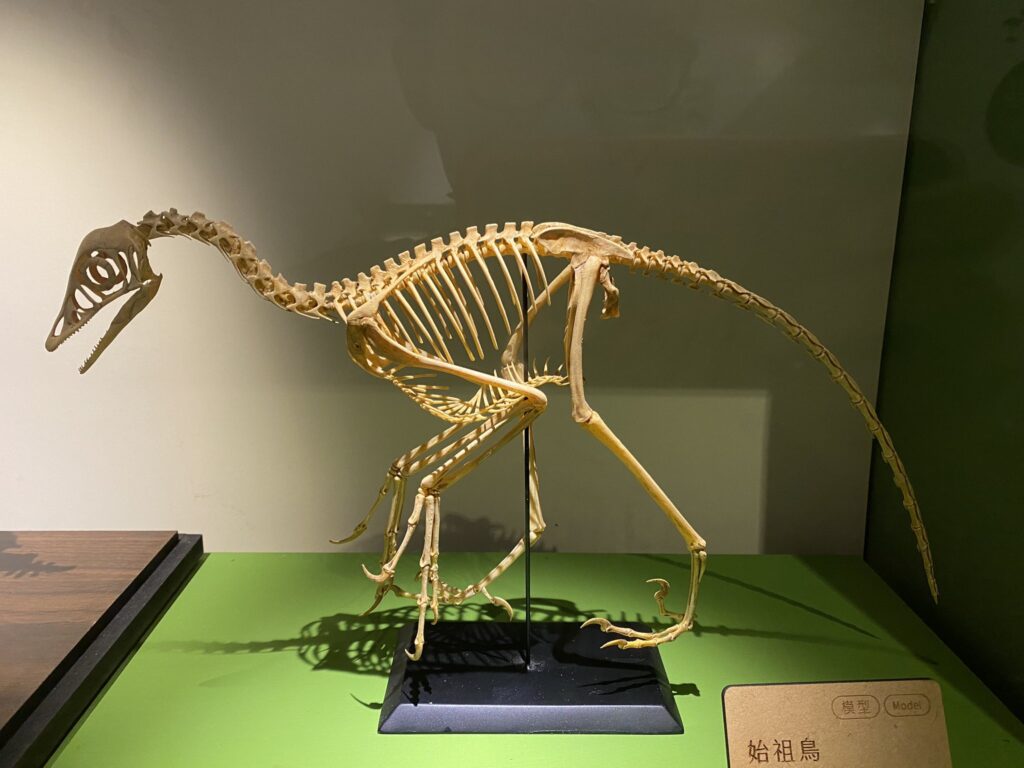
Perhaps the most celebrated fossil from southern Germany’s Jurassic deposits is Archaeopteryx, and Stuttgart’s museum features an exceptional specimen of this pivotal evolutionary link. Discovered in the Solnhofen Limestone, Archaeopteryx combines reptilian features like teeth and a long bony tail with distinctly avian characteristics such as feathers and wishbones, making it a crucial transitional fossil between dinosaurs and modern birds. The Stuttgart specimen, known as the “Stuttgart Archaeopteryx,” showcases extraordinarily well-preserved feather impressions that allowed scientists to analyze the structure of the world’s earliest known bird-like creature. Interactive displays in this section explain the heated scientific debates surrounding Archaeopteryx since its discovery in 1861, including its role in supporting Darwin’s then-controversial theory of evolution. Modern analysis techniques featured in the exhibit reveal how this crow-sized creature likely moved, suggesting it was a relatively weak flyer that may have used its feathered wings primarily for gliding between trees or extending jumps while hunting.
Pterosaurs: Masters of the Jurassic Skies
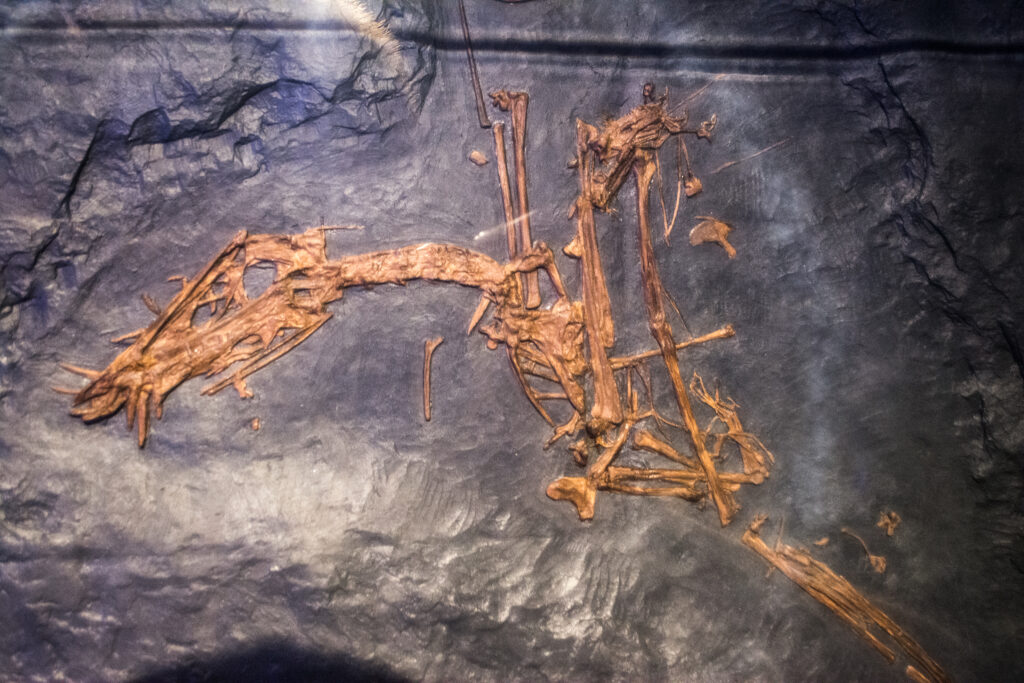
The museum’s pterosaur collection represents one of the finest assemblages of these flying reptiles in Europe, showcasing the diversity of species that once soared above southern Germany’s prehistoric landscapes. Unlike modern flying creatures, pterosaurs were neither birds nor bats, but reptiles that evolved powered flight independently, using a wing membrane supported by an elongated fourth finger. The Stuttgart collection includes specimens from tiny sparrow-sized pterosaurs to impressive examples with wingspans exceeding several meters, all preserved with remarkable detail in the Solnhofen Limestone. Particularly noteworthy is the museum’s specimen of Rhamphorhynchus, preserved with its delicate wing membranes intact, clearly showing the structural adaptations that allowed these creatures to conquer the air. Advanced imaging techniques highlighted in the exhibit reveal details about pterosaur brain structure, suggesting these animals had excellent vision and the neural anatomy necessary for complex flight control, upending earlier notions that they were primitive gliders.
Marine Crocodilians: The Forgotten Rulers of Ancient Seas

While ichthyosaurs often steal the spotlight, Stuttgart’s fossil halls also showcase an impressive collection of marine crocodilians that inhabited the Jurassic seas of southern Germany. Unlike their modern relatives, many of these ancient crocodilians were fully adapted to marine life, with paddle-like limbs, streamlined bodies, and specialized teeth for catching slippery prey. The museum houses several complete skeletons of Steneosaurus and Teleosaurus, long-snouted crocodilians that would have been formidable predators in the ancient seas. Particularly impressive is a nearly complete specimen of Dakosaurus, a massive short-snouted marine crocodilian with serrated teeth similar to those of predatory dinosaurs, suggesting it was capable of taking large prey. Interactive displays explain how these creatures evolved from land-dwelling ancestors, gradually adapting to life in the ocean through a series of anatomical changes visible in the fossil record. The marine crocodilian exhibit provides visitors with a deeper appreciation for the diverse reptilian ecosystem that existed in Jurassic seas beyond the more famous ichthyosaurs and plesiosaurs.
Ancient Fish: Diversity in the Prehistoric Seas
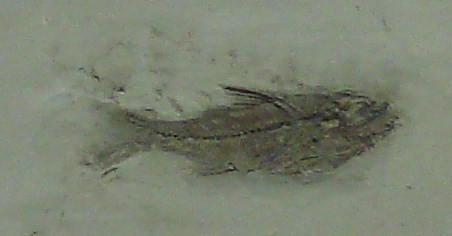
The museum’s collection of Jurassic fish fossils represents one of the most comprehensive assemblages of prehistoric marine species in Europe, showcasing the incredible diversity that swam in the ancient seas surrounding what would become Germany. Visitors can observe perfectly preserved specimens of primitive sharks, ray-finned fishes, and even coelacanths—the famous “living fossils” that were once thought extinct until discovered alive in the 20th century. Many specimens display remarkable preservation, including intact fins, scales, and even internal organs, allowing scientists to reconstruct not just their appearance but also aspects of their biology and behavior. The collection includes numerous examples of Lepidotes, a heavily armored prehistoric fish covered in diamond-shaped scales that offered protection from predators. Particularly fascinating are the specimens showing evidence of predator-prey relationships, including fish preserved in the process of consuming other fish and some showing healed injuries from unsuccessful predator attacks, providing rare glimpses into the dynamic food web of Jurassic marine ecosystems.
Invertebrate Treasures: The Foundation of Jurassic Ecosystems
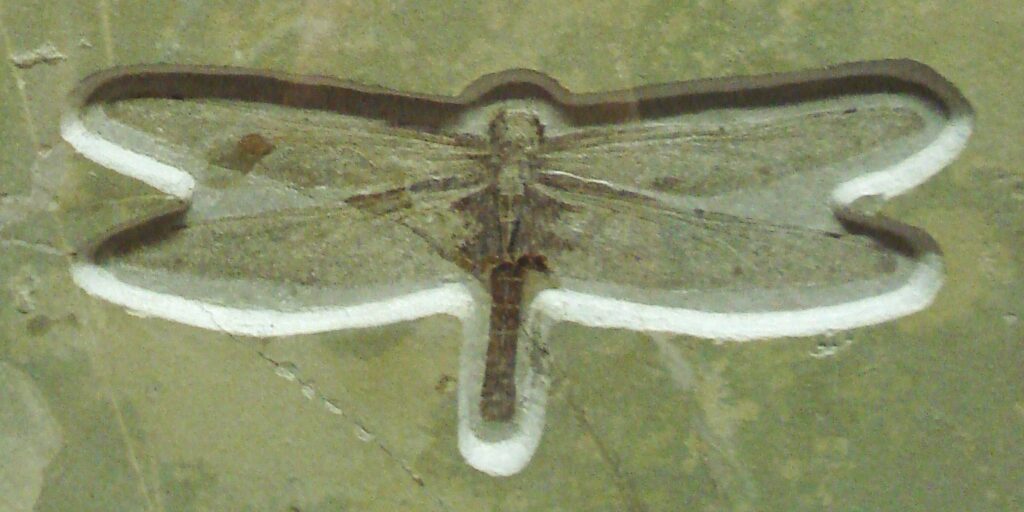
While vertebrate fossils often receive the most attention, Stuttgart’s collection of Jurassic invertebrates is equally impressive and scientifically valuable. The museum houses thousands of specimens representing ancient squid-like creatures called belemnites, spiral-shelled ammonites, ancient crustaceans, and delicate sea lilies (crinoids) that once carpeted the seafloor. Many of these specimens show soft-body preservation rarely seen elsewhere, including belemnites with intact ink sacs that scientists have reconstituted to draw with the creature’s 180-million-year-old ink. The ammonite collection is particularly spectacular, featuring specimens ranging from thumbnail-sized juveniles to examples exceeding a meter in diameter, many with their original mother-of-pearl shell material still intact and iridescent. These invertebrate displays help visitors understand the foundation of the Jurassic food web that supported the larger, more dramatic vertebrate predators. Interactive elements explain how scientists use these abundant invertebrate fossils as index fossils to date rock layers precisely, making them crucial tools for understanding Earth’s geological history.
Behind the Scenes: The Art and Science of Fossil Preparation

A unique feature of Stuttgart’s Natural History Museum is its transparent approach to fossil preparation, with a visible laboratory where visitors can observe technicians meticulously working to free fossils from their stone matrices. This behind-the-scenes area showcases the painstaking process required to reveal specimens without damaging the delicate fossilized remains, sometimes requiring hundreds of hours of work on a single specimen. Technicians use tools ranging from traditional dental picks and tiny pneumatic hammers to cutting-edge technologies like acid preparation techniques and CT scanning to reveal fossils embedded within rock. The museum’s preparation lab features examples of fossils at various stages of preparation, helping visitors understand how specimens progress from rough field discoveries to the pristine museum displays. Interactive displays explain how preparation techniques have evolved over the museum’s history, from the relatively crude methods of the 19th century to today’s sophisticated approaches that can reveal microscopic details of fossils without physically touching them through non-invasive scanning technologies.
Research Frontiers: New Discoveries from Old Bones

Stuttgart’s Natural History Museum isn’t merely a display venue but remains an active research institution where scientists continue to make groundbreaking discoveries using both newly discovered specimens and historical collections. The research section of the fossil halls highlights recent scientific breakthroughs, including new analysis techniques that have revealed previously unknown aspects of ancient creatures. Visitors learn how scanning electron microscopy has identified melanosomes (pigment-containing structures) in fossil feathers, allowing scientists to determine the actual colors of extinct animals, including the revelation that some pterosaurs had ginger-colored fur-like coverings. The exhibit also showcases how synchrotron radiation analysis has revealed chemical signatures in fossils that indicate original soft tissue compositions, blood vessel pathways, and even metabolic information about creatures that died millions of years ago. This section emphasizes that paleontology is a dynamic field where new technologies continuously enhance our understanding of ancient life, with Stuttgart’s collections frequently featured in international research publications that rewrite our understanding of evolution and prehistoric ecosystems.
The Human Story: Fossil Collectors and Scientific Pioneers
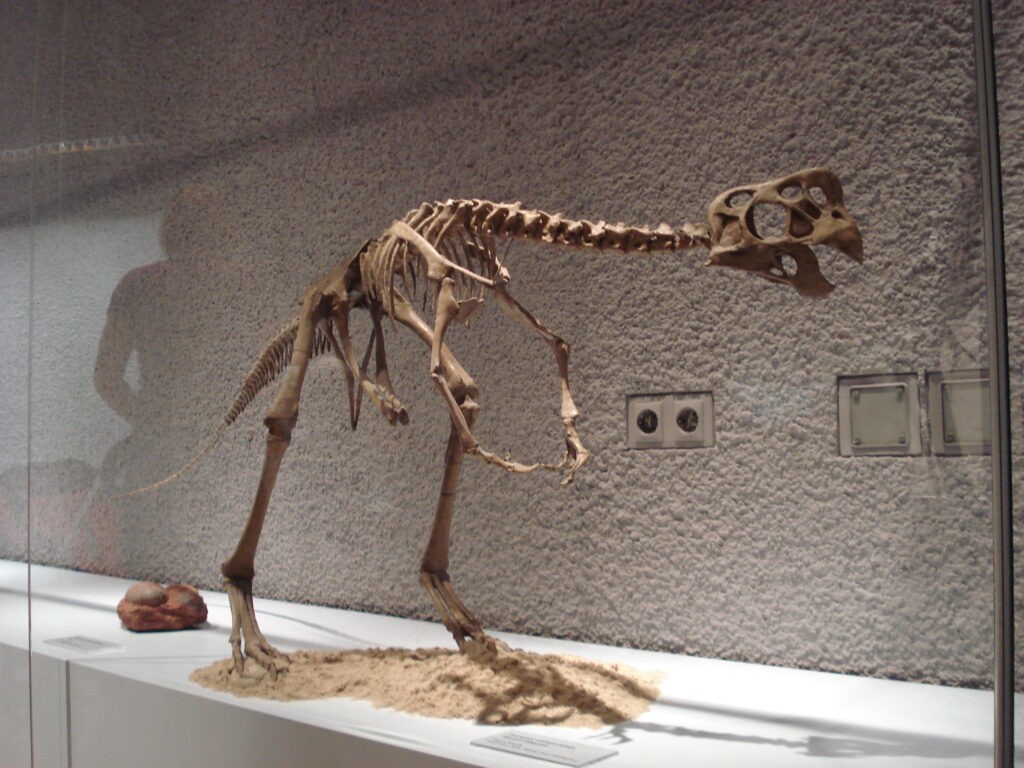
The fossil halls of Stuttgart’s museum also celebrate the human story behind these remarkable discoveries, honoring the generations of collectors, preparators, and scientists who built this world-class collection. Historical displays feature original field notes, sketches, and equipment used by pioneering paleontologists who worked in southern Germany’s famous fossil localities since the early 19th century. Visitors learn about Bernhard Hauff Sr., who developed revolutionary preparation techniques for the Holzmaden shale fossils, allowing for the exceptional displays seen today. The exhibit acknowledges the contributions of quarry workers who recognized the importance of unusual finds and ensured their preservation rather than destruction. Particularly touching are the stories of private collectors who donated lifetime collections to ensure public access and scientific study of their discoveries, including local physician Dr. Friedrich von Huene, whose collection of marine reptiles forms a cornerstone of the museum’s displays. These human stories remind visitors that paleontology progresses through collaboration between professional scientists and passionate amateurs united by their fascination with Earth’s ancient past.
Educational Impact: Inspiring Future Generations of Scientists
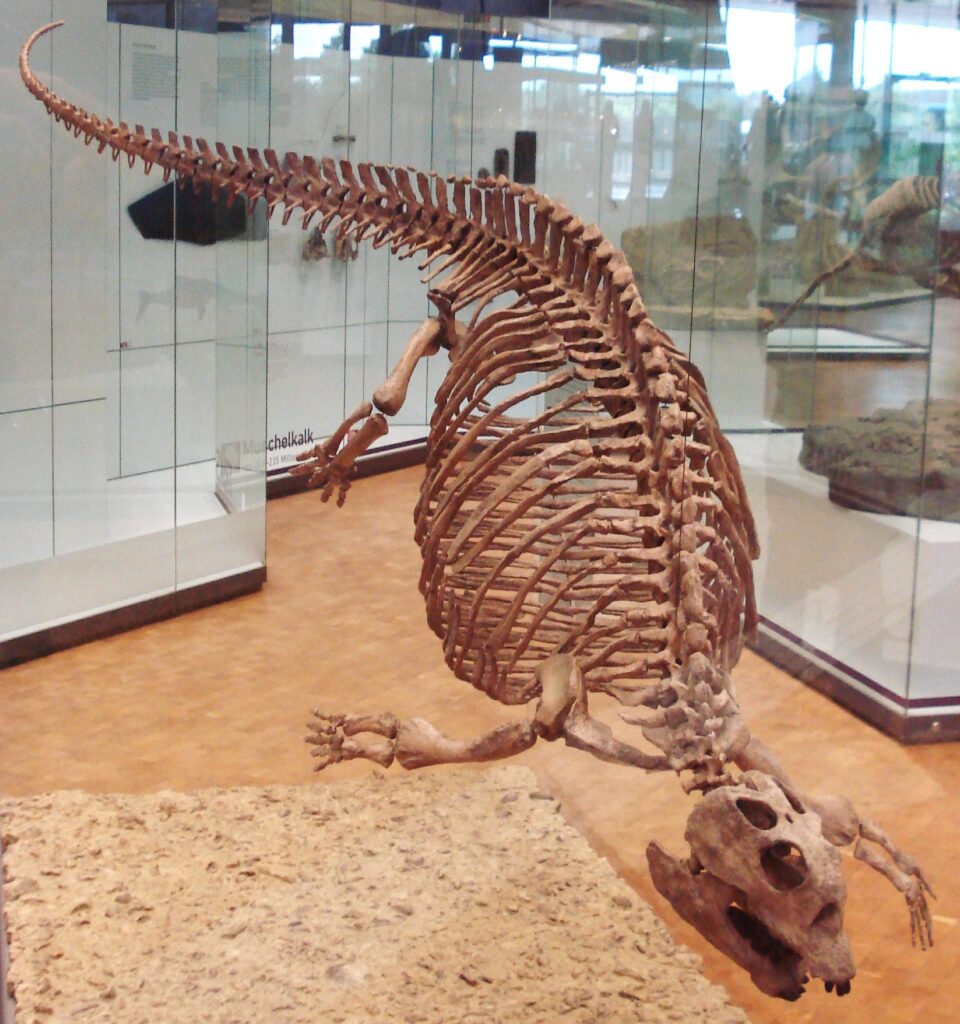
Beyond its role as a research institution and repository for precious specimens, Stuttgart’s fossil halls serve a crucial educational function in inspiring scientific curiosity among visitors of all ages. The museum offers specialized programs for school groups that align with educational curricula, allowing students to experience hands-on learning activities related to paleontology, geology, and evolutionary biology. Interactive stations throughout the fossil halls encourage visitors to think like scientists, examining evidence and drawing conclusions about ancient environments and creatures. The museum’s educational philosophy emphasizes that paleontology integrates multiple scientific disciplines, from biology and chemistry to physics and geology, making it an ideal gateway science for young learners. Annual events like “Night at the Museum” and “Fossil Preparation Days” allow visitors to interact directly with scientists and preparators, breaking down barriers between professional researchers and the public. Many of Germany’s leading paleontologists cite childhood visits to Stuttgart’s fossil halls as pivotal moments that inspired their scientific careers, demonstrating the museum’s multi-generational impact on science education.
Conservation Challenges: Protecting Fossil Heritage for Future Study
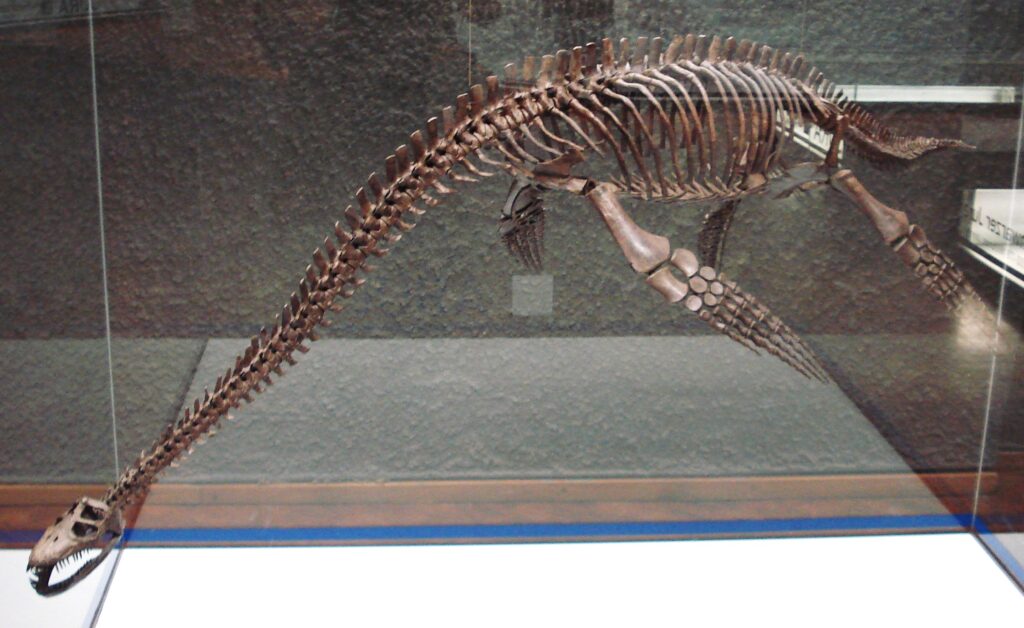
The final section of Stuttgart’s fossil halls addresses the ongoing challenges of fossil conservation, both in terms of preserving the physical specimens and protecting fossil sites from destruction or illegal collection. Interactive displays explain the delicate balance between scientific collection and site preservation, highlighting how many important fossil localities in southern Germany now receive legal protection as scientific resources. Visitors learn about the specific conservation challenges faced by different types of fossils, from pyrite degradation in marine specimens to the fragility of pterosaur bones that can be thinner than paper. The museum transparently discusses its own evolving conservation practices, including climate-controlled storage facilities and specially designed mounting systems that protect delicate fossils while allowing public viewing. A particularly sobering display addresses the global problem of fossil poaching and illegal trading, which continues to threaten scientific understanding as specimens disappear into private collections without proper documentation or study. This section emphasizes that fossils represent a non-renewable scientific resource that, once destroyed or removed from context, represents a permanent loss to human knowledge about our planet’s history.
Conclusion
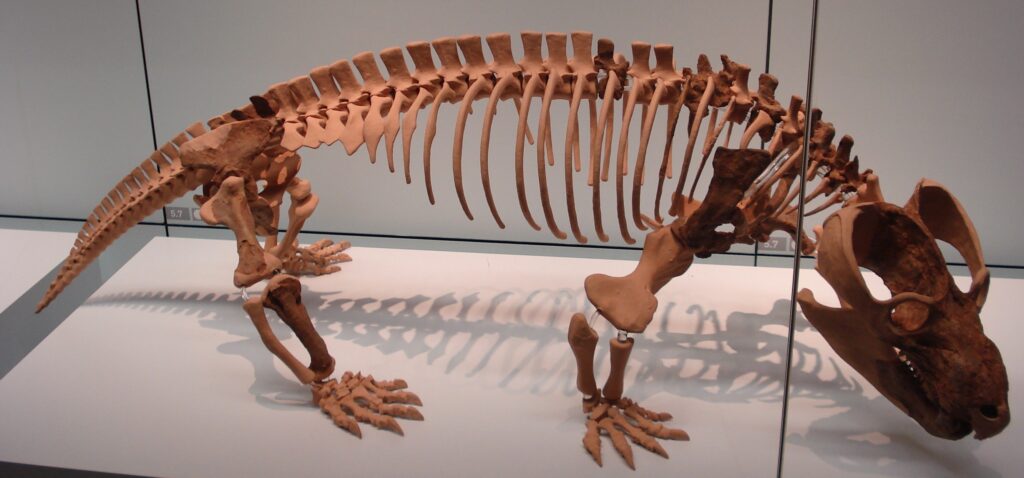
Stuttgart’s fossil halls stand as a testament to southern Germany’s extraordinary paleontological heritage and the scientific importance of these Jurassic treasures. Beyond their aesthetic appeal and ability to inspire wonder, these specimens continue to yield new scientific insights through advanced research techniques, enhancing our understanding of evolution and ancient ecosystems. As visitors depart the museum, they carry with them not just memories of impressive displays but a deeper appreciation for the complex web of life that existed millions of years before humans appeared on Earth, and the careful scientific work required to reconstruct these ancient worlds. In preserving and presenting these Jurassic secrets, Stuttgart’s Natural History Museum fulfills its mission of connecting people with the distant past while advancing the scientific research that continues to reveal new chapters in Earth’s remarkable story.

